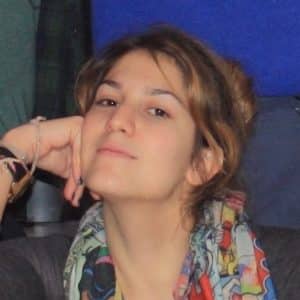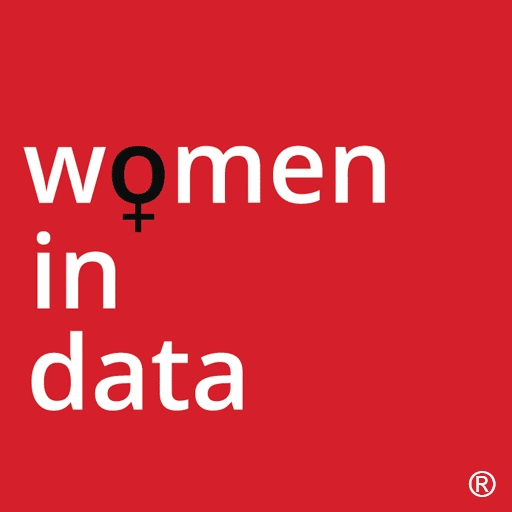
 By Elektra Papazoglou
By Elektra Papazoglou
Part ii: Now that I’m walking, how do I run? – the move from junior to senior
At last, I had earned my golden ticket. My first official role as a data scientist was at a boutique consulting firm. That meant a lot of experimenting with algorithms and working on proof-of-concept ML tasks in various industries. The truth is, interesting as it was, it was also a struggle to undertake at the same time as a part-time degree. My attention was split: four days a week at work, one at uni, multiple different projects on both fronts. And studying over the weekend and evenings, trying to prepare for exams or project deadlines. I had hoped that work and studies would complement each other. Unfortunately that was rarely the case. At the same time, as a consultant, I frequently had to work overtime for clients. Late nights at work and even weekend calls from my manager to coordinate working towards deal breaking deadlines had become part of my routine. And even later nights studying. I had hardly any time for much else that year but I was grateful. Albeit tired, I was truly enjoying my work for the first time.
Eventually, I got used to the situation and had the time to observe how inefficient I had been when completing certain tasks. Instead of struggling with machine learning principles, I was spending a lot of time and energy on subsidiary programming. It then hit me that I was still an analyst, I was just using fancier models, but could still not code fluently. I would have to gain exposure at writing production level code and developing ML products, rather than just insights.
After an exhausting streak of interviews, on top of all of my other work, I moved to a newly assembled data team of engineers, where I was the only data scientist. We were tasked with creating data products and platforms that would be used by the whole of the company, a large UK media & news publisher. The team was curious to learn about data science and I wanted to gain some engineering experience so we built a symbiotic relationship. The timing was great: I sat for my final exams in-between jobs and was ready to get my hands dirty. I had also finished my two years of courses, which meant I could work full-time, with only my final project outstanding. It was a productive time for me, with a lot of image processing, NLP and recommendation based projects being released to production, and my final six-month dissertation on attention-based deep learning underway. But all good things come to an end. Three years later, with work experience as a data scientist in several companies and a relevant masters degree, I was offered a job as a senior NLP data scientist at Kalido, an inspiring startup company whose goal is to bring people together based on their skills.
Part i: Discovering my calling and transitioning
Although at a younger age, I found math intimidating, I grew to enjoy solving hard problems in high school. However, in Greece, where I grew up, there was little information about what one could do with a maths degree. As a child, I saw math as leading to a job as either clerk at a commercial bank, or a tutor, neither of which I felt would suit me. Of course, the real spectrum of opportunity for a maths graduate is much broader, but that is the reason I did not first pursue a degree in maths or physics, which might have brought me to this point in my career sooner, or perhaps not at all. I’ll never know for sure.
Instead, I ended up with a molecular biology degree and a bunch of lab-based research experience. Along the way, I discovered that research is difficult when you need expensive equipment and materials midway through a financial recession. After finishing my undergraduate studies, I moved to London to pursue an MSc at Imperial College, combining biology with population genetics and statistics. It was then that I truly understood how much time computers could save us in detecting such patterns much more efficiently. But even then, the questions I pursued were far too complex to be addressed with a simple set of encoded rules.
That was a time when everyone was discussing the rise of “artificial intelligence” and machine learning (ML), which immediately captured my interest. I started experimenting with R, and later Python, taking online courses and reading on the topic. I found I could spend hours on these topics, and it did not feel like work, but rather resurfaced all the forgotten enthusiasm I had for math in my late high school years. It was different and exciting, and unlike working in a lab, something I could pursue on my own time, even at home, which was empowering. By the time I finished my masters studies, I had decided that a career in data science was my calling.
Growing up, people often told me that once I found something I loved, success would come naturally. Well, it didn’t. My newfound enthusiasm and hours of personal time dedicated towards studying the topic were met with silence after a whole summer of sending out job applications. In most cases, I didn’t even receive a rejection letter. At that point, I realised I would have to lower my initial expectations to eventually reach my end goal. So, I broadened my job search to include analyst roles. After four months of relentlessly sending out applications, which took quite a toll on my self-esteem, I managed to secure a job offer for a business intelligence developer role. Although not exactly what I wanted, at least I was on the right track. In the meantime, I realised that having a degree completely unrelated to the jobs that I was applying for was probably hurting my applications, so when I stumbled upon an advertisement for a part-time data science program that was offering scholarships at City University London, I submitted an application.
